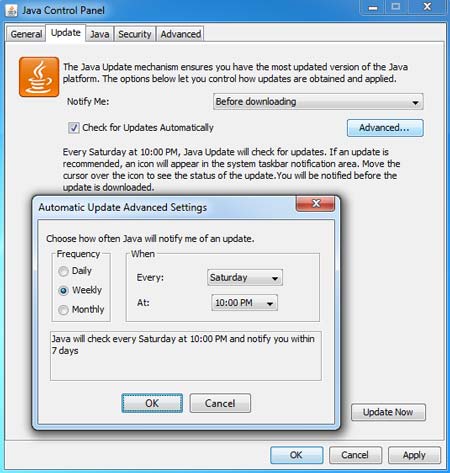

Mobile operators will most likely need to deploy one of these intermediate solutions before considering a target VoLTE. The temporary solutions for providing a voice call in LTE are Circuit Switched FallBack (CSFB), Voice over LTE via Generic Access (VoLGA), and over-the-top (OTT). Therefore, many interim solutions have been proposed by 3GPP and non-3GPP standard bodies to provide an umbrella platform for voice services before deploying their LTE networks including IMS.
#Sharedualima dl semi upgrade#
Additionally, many mobile network operators (MNOs) prefer to keep their legacy 2G/3G network infrastructures to deploy IMS and upgrade to 4G LTE networks. Unfortunately, the essential steps to deploy this voice technology are too costly and require significant time to roll out. This is why this technology is often referred to as Voice over IMS (VoIMS). This new technology, termed Voice over LTE (VoLTE) uses a so-called 3GPP IP Multimedia Subsystem (IMS) with Multimedia Telephony (MMTel) to deliver real high-definition voice (HDV) over LTE networks and a set of Rich Communications Services (RCSs). Thus, a new voice service has been launched compared to the traditional CS-based voice implemented in legacy GSM-EDGE Radio Access Networks and Universal Terrestrial Radio Access Networks (GERAN/UTRAN). The existence of only a PS domain in LTE has changed the way the application services, including voice, handle this technology. The new technology is all-IP and is a pure packet-switched (PS) domain wireless network. The LTE core network, known as the Evolved Packet Core (EPC), lacks native support for circuit-switched (CS) connections. As a result of these significant improvements, an explosive growth has started in LTE wireless multimedia traffic, which is characterized by different QoS requirements. LTE offers higher data rate, spectral efficiency and multiuser flexibility, and lower latency than the third-generation (3G) Universal Mobile Telecommunications System (UMTS). The fourth-generation (4G) long-term evolution (LTE) was standardized by the Third-Generation Partnership Project (3GPP) in Release 8 (R8) technical specification.

The simulation results confirm that the proposed scheme is able to reduce VoLTE end-to-end delay and achieve a better system capacity than current methods, and maintain the desired VoLTE QoS. The performance of the proposed scheme is compared with the performance of two relevant and well-known DL packet scheduling methods. Second, an extensive network simulation model has been designed and implemented to evaluate the proposed scheme. First, a novel downlink (DL) semi-persistent scheduling scheme is proposed to reduce VoLTE end-to-end delay and increase system capacity. The contributions of this paper are twofold. This paper investigates Voice over LTE (VoLTE) Quality of Service (QoS) under a heterogeneous wireless communication scenario. In the meantime, working in a heterogeneous wireless communication network looks inevitable. However, deploying a new LTE network or a transition from current legacy cellular networks to LTE can take several years to roll out. These significant advancements are necessary for satisfying the delivery of a wide-range of mobile applications and managed network resources. Long-term evolution (LTE) is becoming the first choice of mobile network operators (MNOs) when constructing a wireless network infrastructure because of its high data rate, high throughput, and low latency.


 0 kommentar(er)
0 kommentar(er)
